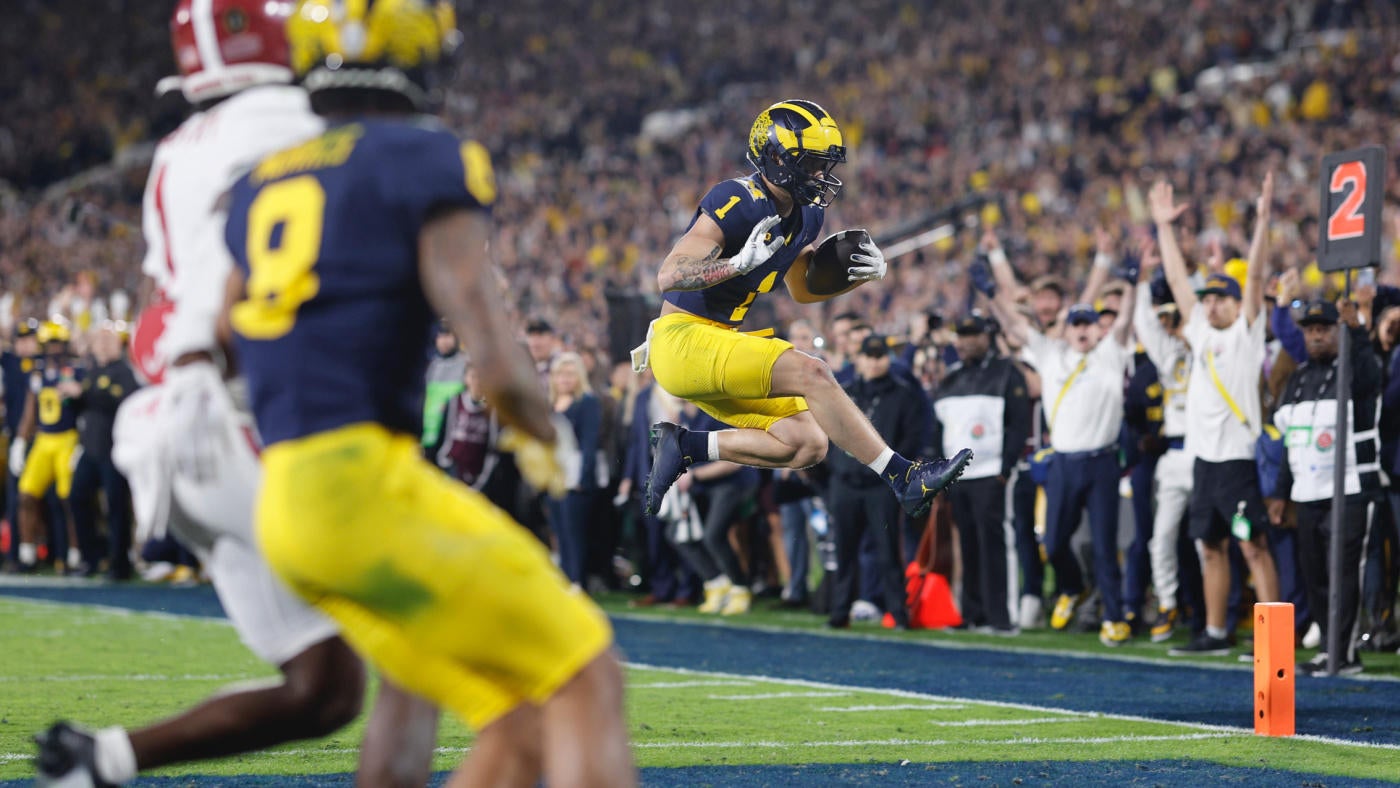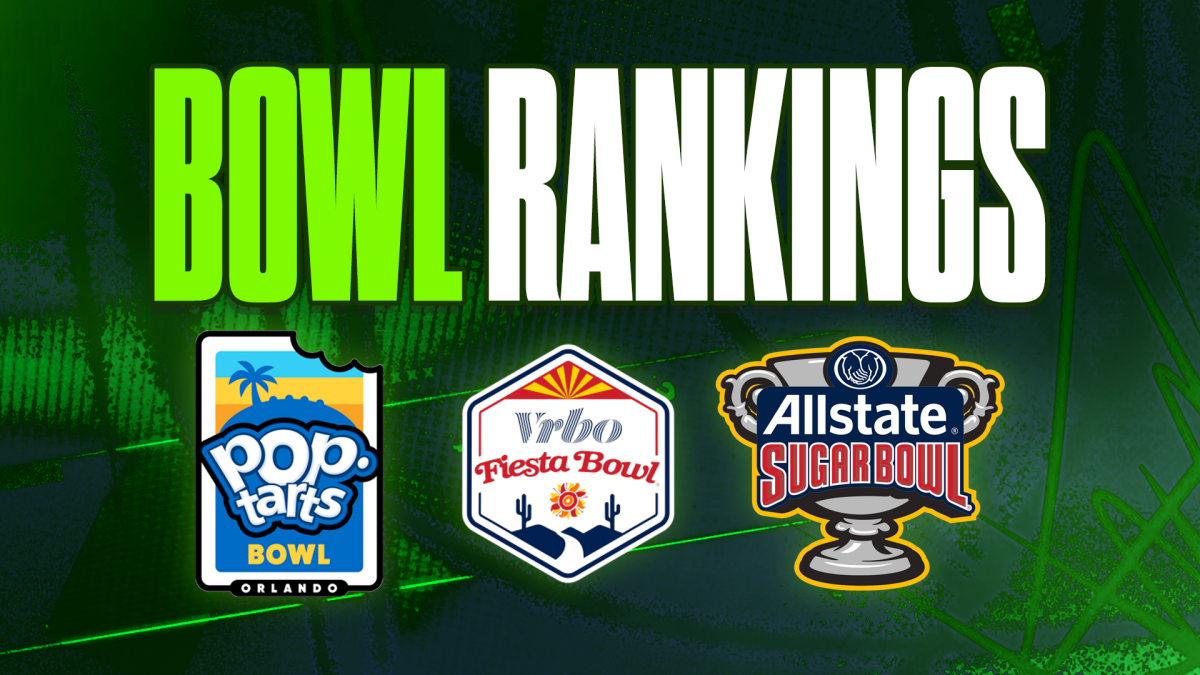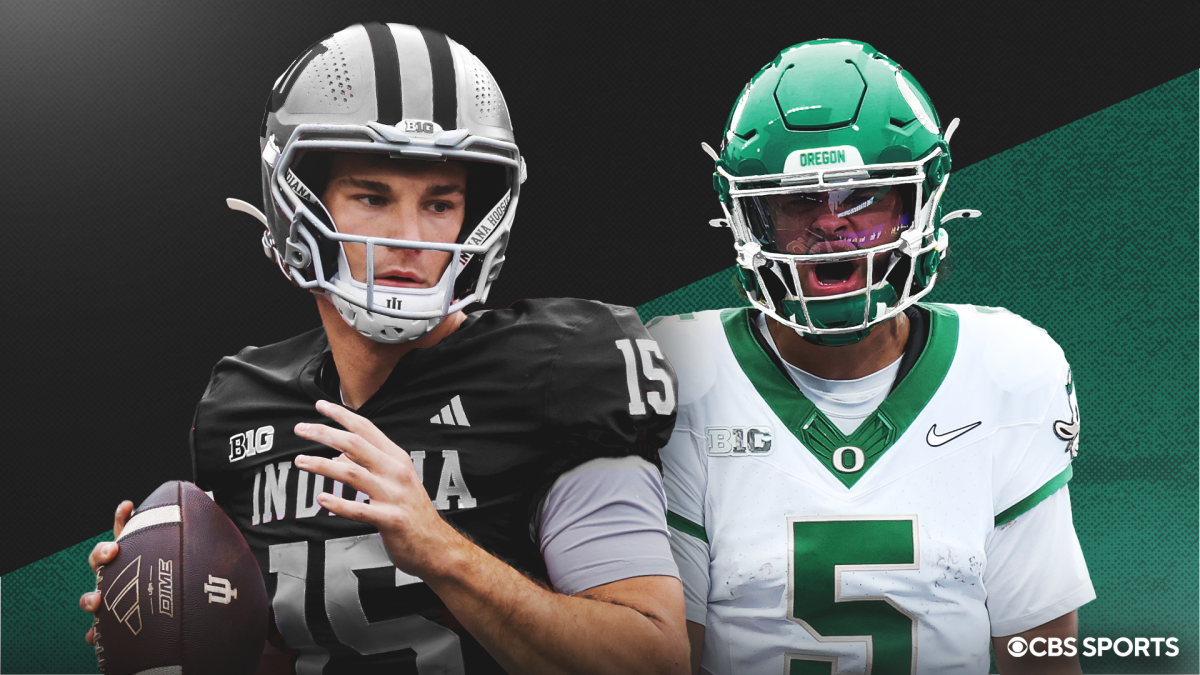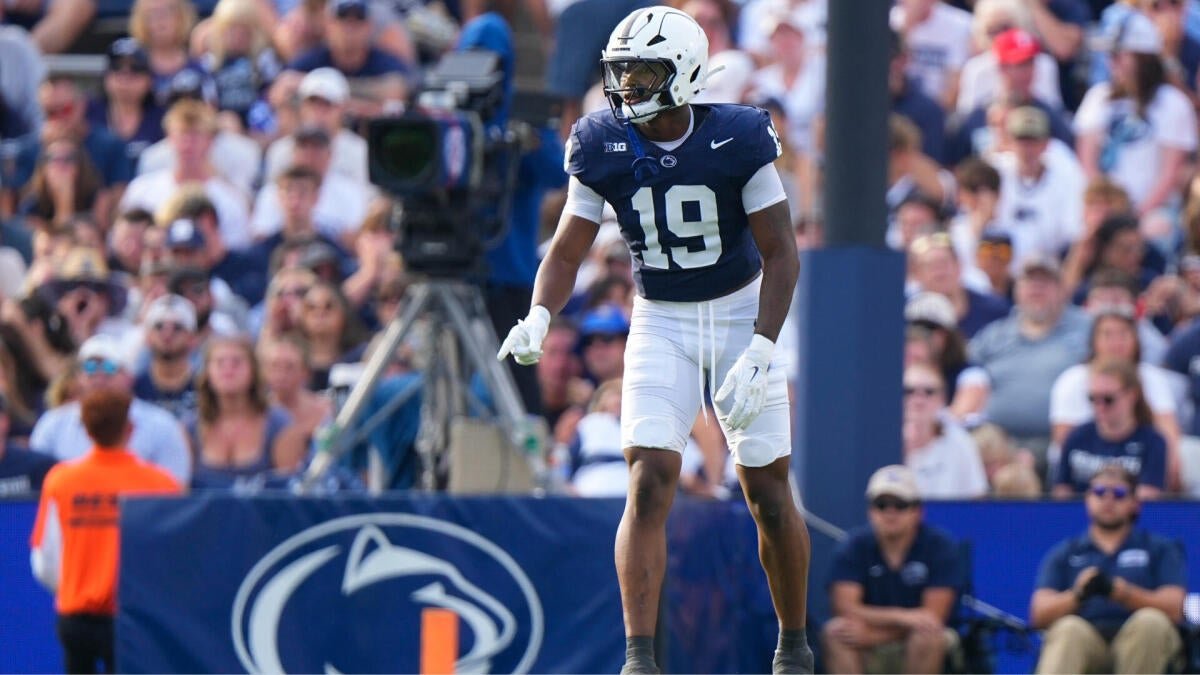
The Home v. NCAA settlement signifies a line within the sand. Not since 1984’s NCAA v. Board of Regents of the College of Oklahoma have we seen a courtroom ruling basically alter the panorama of faculty athletics on this method.
Not solely does the settlement distribute roughly $2.8 billion in NIL backpay, however it additionally establishes a framework for future athlete revenue-sharing. Particulars nonetheless must be sorted out, however it’s a landmark step towards getting gamers in on the monetary windfall they generate.
Whereas the NCAA is liable for roughly 40% of the settlement, a lot of the burden will fall on its member universities. The ability convention colleges are poised to contribute roughly 24% of the invoice, leaving the usually cash-strapped colleges that comprise the rest of Division I to cowl the remaining 36% of the whole settlement.
It is a historic second in faculty sports activities that may generate a number of layers of fallout over the months and years to return. For now, this is an early take a look at the winners and losers from the Home v. NCAA case.
Winner: The gamers
In the end, the gamers will get a minimize of the billions of {dollars} flooding into the NCAA, conferences and particular person colleges. Whereas the appearance of NIL compensation was a step on this course, these funds come largely by third-party collectives funded by big-money boosters and common followers. Now, the athletic departments themselves are lastly on the hook financially for the labor that fuels their merchandise and underpins their budgets. Whereas the $2.8 billion owed in backpay is eye-popping, that determine will probably be dwarfed by the quantity paid out to athletes within the coming years as a part of the revenue-sharing framework established by the case.
Loser: The NCAA
For many years the NCAA fought on behalf of its member colleges to protect the amateurism mannequin. This formally marks the tip of that conflict. Whereas the Home treaty ensures the NCAA’s survival as a corporation, it is going to be a diminished entity on the hook for $1.1 billion of the settlement. That cash will come from its reserves and thru price range cuts, as CBS Sports activities’ Brandon Marcello reported. Meaning some lean years are forward for the NCAA workplace in Indianapolis because it finds its footing in a brand new period. Whereas the choice to a settlement would have been a doubtlessly deadly adjudication, that is nonetheless a giant loss for the NCAA.
Winner: Boosters and fan pocketbooks
Athletic departments are nonetheless going to wish boosters to make big-money contributions, arguably now greater than ever as their budgets are squeezed amid a lower in NCAA distributions and the appearance of revenue-sharing. However the boosters and informal followers will not be so immediately wanted to fund expertise acquisition. The time period “booster fatigue” has develop into widespread within the faculty sports activities lexicon. Now, the first onus for paying the gamers will probably be on the athletic departments. That takes monetary stress off supporters, who’re already shelling out for seat licenses, season tickets, journey, merchandise, parking, concessions, cable packages and all the opposite bills that include being a university sports activities fan.
Loser: Aggressive steadiness
Energy convention colleges are making ready to share within the neighborhood of 20% of their media rights income with the athletes. The entire may surpass $20 million yearly per college, additional establishing the massive boys because the premier locations for the nation’s most gifted gamers. Even when Group of 5 or FCS groups put aside the same proportion of their media rights offers for participant compensation, it can pale compared and widen the gulf between the haves and have-nots. Whereas the big-brand colleges have all the time been the popular touchdown spots for many high-profile gamers, the compensation mannequin of the pre-NIL period was equal: Gamers weren’t purported to make something. Then got here NIL and the abolition of switch restrictions, which made it tougher for the resource-strapped applications to draw and maintain expertise. This settlement is one other setback for the aggressive aspirations of these exterior the ability convention construction.
Winner: the NCAA Match
Whereas a bigger portion of the invoice for the Home settlement is falling on the opposite 27 Division I conferences than on the Energy 4, there’s a silver lining for the little guys: Preservation of the NCAA Match. The settlement primarily tethers the ability leagues to the NCAA for the subsequent decade. That makes a full-on breakaway from the Energy 4 to kind its personal postseason hoops championship even much less doubtless than it was earlier than. Whether or not the Large Dance will broaden is one other query fully, however we must always nonetheless see the Cinderellas getting a crack on the blue bloods every March.
Loser: Non-revenue sports activities
The destiny of non-revenue sports activities (which at most faculties means all the things in addition to soccer and males’s basketball) will hold within the steadiness as athletic directors grapple with the monetary ramifications of the settlement. Along with potential measures resembling workers cuts and delayed amenities upgrades, non-revenue sports activities may very well be on the chopping block. That is very true for departments already fighting monetary solvency. With hits coming to their NCAA distributions and stress rising to pay gamers in high-profile sports activities, do not be shocked to see lower-tier Division I departments axe a few of their financially inefficient applications for the sake of constructing ends meet.
Winner: The attorneys
Billable hours stay undefeated, and the gravy prepare is simply starting for the attorneys. Untangling the minutia of the Home lawsuit will take a military of attorneys and paralegals months and possibly even years. There’s ample authorized work forward to ensure the backpay results in the precise fingers. Whereas the Home case stands out as the one which goes down in historical past, it will not be the tip of the authorized points for the evolving and unstable enterprise mannequin altered by the settlement. Murky Title IX implications and the continued pursuit of an antitrust exemption additionally provide extra work for regulation corporations.
Loser: Mid-level division bloat
As of Sept. 30, 2023, Ohio State’s Human Assets database lists 139 athletic division workers with salaries exceeding $100,000. That is only one instance of the bloat that infiltrated applications across the nation as they looked for a spot to deposit the annual fortune generated from high-profile faculty soccer. A weighty chunk of Energy 4 income is now anticipated be used to pay the gamers, which may imply hassle for the military of affiliate, government, assistant, deputy and senior athletic directors employed by most energy convention colleges. This ruling may even doubtless hasten the push from non-public fairness corporations to sit on the desk and get a say in how athletic departments of the long run are made up. That might spell the tip of rising salaries and soft gigs for the mass of mid-level directors who’ve claimed a foothold within the material of faculty sports activities during the last 25 years.
Winner: the Large Ten and SEC
We’ll steal a blurb from my colleague Shehan Jeyarajah, who broke down how the Home settlement will influence faculty athletics in years to return and singled out the Large Ten and SEC as two clear winners right here.
“Should you marvel why Texas and Oklahoma went to the SEC, whereas USC and UCLA defected to the Large Ten, the potential price of litigation performed a major position. An enormous new Large Ten tv contract may primarily totally cowl the price of the brand new actuality for the Trojans and Bruins.
“For different colleges, it will not be as easy. The ACC’s complete ESPN tv contract cleared $30 million yearly per college solely prior to now few seasons. The ACC and Large 12 each distributed roughly $44 million per college total. For comparability, the Large Ten TV contract alone may very well be price greater than $75 million per college yearly.”




